Systems Development Life Cycle: 7 Phases And 6 Basic Methods


Innovative software solutions are in high demand in the constantly changing digital landscape. Companies in all sectors are adopting technology to improve customer experiences, expedite processes, and obtain a competitive advantage. However, creating excellent software that satisfies particular business requirements requires a systematic and defined approach. The System Development Life Cycle (SDLC), which offers a framework to guarantee projects get carried out in an orderly and effective manner, becomes apparent as a vital tool for managing the complexities of software development.
In this article, TECHVIFY will answer “What is SDLC?” and discuss its advantages, seven stages, and six methods for businesses to improve project management skills.
The System Development Life Cycle is a structured process or framework used to guide the development of an information system. It consists of phases, each with activities, tasks, and deliverables. The primary SDLC meaning is to build high-quality IT systems that meet or exceed customer expectations within specified time and cost constraints.
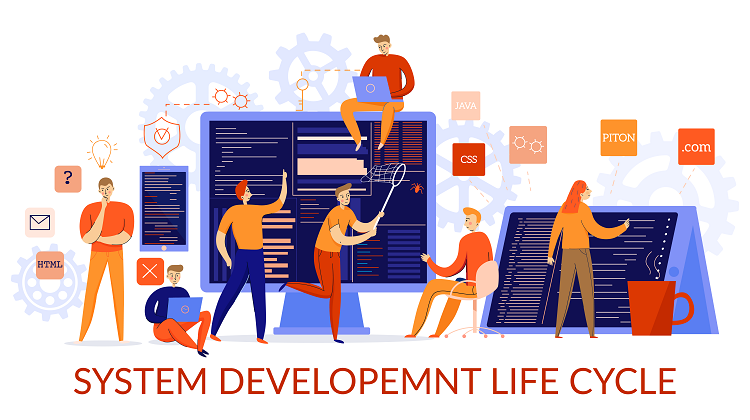
Systems development life cycle
The Systems Development Life Cycle offers developers crucial benefits, including:
| Structured Process | This approach provides a clear roadmap for development, reducing confusion and ensuring an organized workflow. |
| Cost Efficiency | It helps identify and fix issues early, saving costs by preventing expensive errors and rework. |
| Quality Assurance | SDLC’s testing phases ensure a high-quality, reliable end product, minimizing post-launch issues. |
| Risk Management | The methodology includes risk assessment, proactively identifying and addressing potential problems. |
| Adaptability to Change | Agile SDLC methodologies allow flexibility, which is crucial for adapting to evolving project requirements. |
| Timely Delivery | It helps manage project timelines effectively, ensuring on-time delivery and meeting business objectives. |
Executing all seven stages of the System Development Life Cycle is essential to ensure the success of your project in the realm of software development.
The SDLC commences with the planning phase, where tech professionals strategically outline the project’s scope, objectives, and resource allocation. This phase sets the foundation for a successful development journey, ensuring that developers meticulously consider all aspects before the coding begins.
In the analysis phase, the focus shifts to understanding user needs and system requirements. Tech enthusiasts embark on a detailed exploration, gathering insights to shape the development process. This stage requires a strong attention to detail and a commitment to capturing user expectations.
In the design phase, tech professionals don their architect hats, crafting a detailed blueprint that defines the system’s architecture, data structures, and interfaces. This stage demands a blend of creativity and precision as professionals create a design that seamlessly merges form and function.
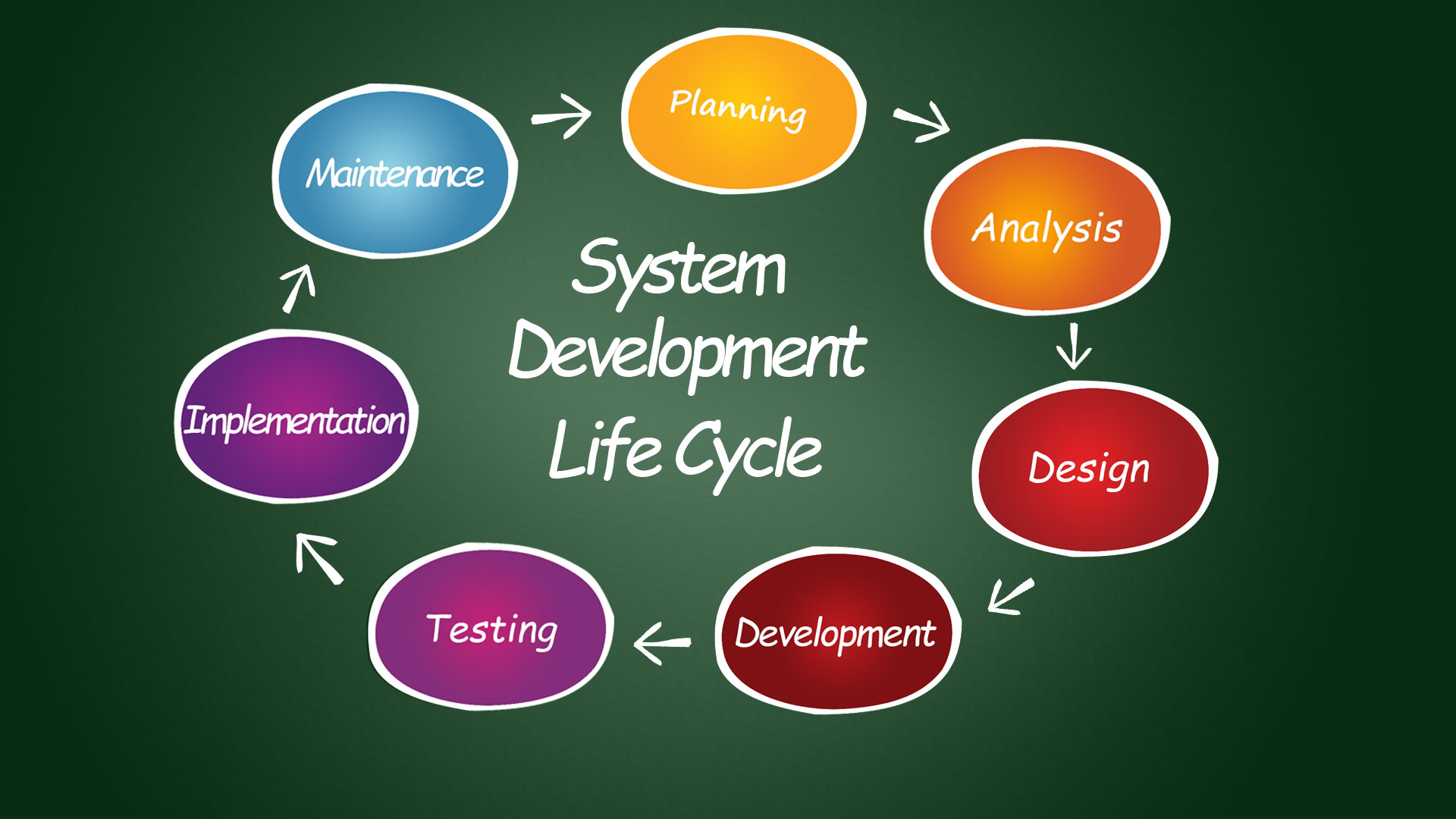
Stages of the SDLC
In this phase, the actual development of the system takes place. Develop or acquire software and hardware components and code according to design specifications. After conducting unit testing, the system undergoes integration and testing to ensure correct function. After validating the system, developers deploy it into the production environment.
The system development process involves multiple levels of testing, such as unit, integration, system, and user acceptance testing. The aim is to identify and address defects, ensuring the system meets specified requirements and quality standards. Thorough testing contributes to a robust and reliable design, gaining user acceptance and paving the way for successful implementation.
With the tech solution polished and refined, the deployment phase sets the stage for the system’s introduction to the world. We meticulously install the software, distribute it, and train the users to ensure a seamless launch into the digital landscape.
The final stage involves the perpetual care and support of the tech solution. Maintenance and support professionals stand as guardians, addressing bugs, implementing updates, and providing ongoing assistance to users. This phase ensures the sustained integrity and evolution of the developed system.
More insightful articles at TECHVIFY:
Top 10 Flutter App Development Companies in Vietnam
Blockchain Development Process and How to Apply It to Your Industry
The Waterfall Model, a traditional and linear approach to software development, consists of several phases, each building on the completion of the previous one. It begins with gathering requirements and moves through system design, development, testing, deployment, and maintenance.
Because of its simplicity and clarity, this structured methodology is suitable for small projects with precise requirements. However, its inflexibility shows difficulties when adjustments happen after the start, and delaying client input until later phases could result in miscommunications.
Agile is a collaborative, continuous methodology that contrasts sharply with the Waterfall Model. Breaking the project up into smaller portions encourages adaptability and flexibility. Agile techniques such as Scrum and Kanban enable rapid delivery of functional software, high change tolerance, and ongoing customer involvement. However, it is less appropriate for projects with strict regulatory requirements due to the need for more thorough documentation and constant communication and collaboration.
This Model combines elements of both the waterfall model and iterative development. Through a series of repeating spirals, each representing a phase of the SDLC, it systematically incorporates risk analysis and mitigation. This approach offers flexibility in addressing changes and is particularly well-suited for large and complex projects where risk management is paramount. On the flip side, the complexity of risk assessment can lead to extended development times and increased costs.
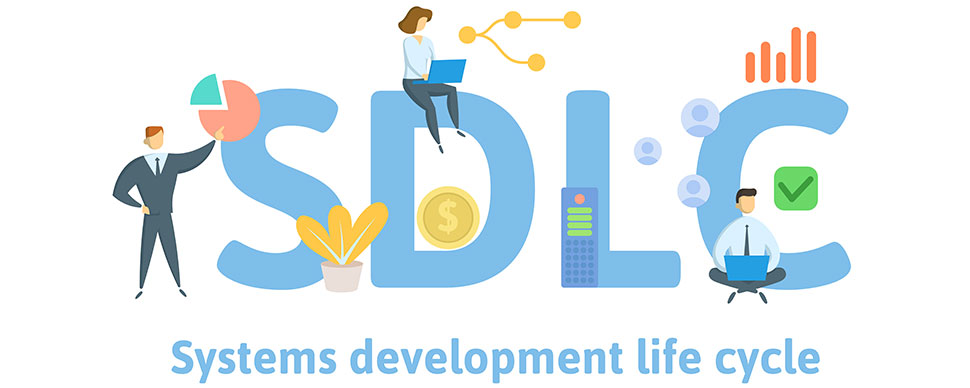
SDLC Methodologies
Iteration and speed are vital components of rapid application development or RAD. RAD speeds up the development process by using prototypes and gathering user feedback. This approach has benefits for projects that need to get to market quickly. The speed trade-off may weaken the development process’s thoroughness, affecting the software’s long-term quality. Smaller projects or those with a clear scope benefit from RAD.
The V-Model emphasizes the value of verification and validation throughout the SDLC by extending the waterfall model by matching each development phase with a corresponding testing phase. This systematic approach incorporates testing into every step, resulting in a more dependable final product. However, the V-Model’s inflexible structure might make it harder to adjust to changes, and its emphasis on testing might make the entire development process take longer.
DevOps integrates development and operations to speed up the software development process. It is more of a cultural and operational philosophy than a rigid SDLC methodology. DevOps uses continuous integration, delivery, and cooperation to reduce development cycles and improve efficiency. Even though DevOps offers advantages like accelerated development and enhanced collaboration, its implementation requires significant organizational and cultural changes, and the initial setup can be challenging. Although the beginning challenges may seem substantial, the lasting benefits typically surpass them.
The System Development Life Cycle is vital for effective software development. Its seven stages, including planning, analysis, design, implementation, testing, deployment, and maintenance, ensure systematic project execution. There are six notable SDLC methodologies: the Waterfall Model unfolds sequentially, Agile iterates through processes, the Spiral Model manages risks, RDA prioritizes speed, V-Model places testing at the core, and DevOps integrates for rapid development. Choosing the suitable methodology aligns with project needs, fostering successful software solutions in the ever-evolving digital landscape.
Ready to elevate your system development journey? Choose TECHVIFY for expert guidance through the seven stages of the SDLC and discover the perfect methodology for your project. Maximize efficiency, minimize risks, and deliver top-notch software solutions. Contact us to explore how we can transform your development process!

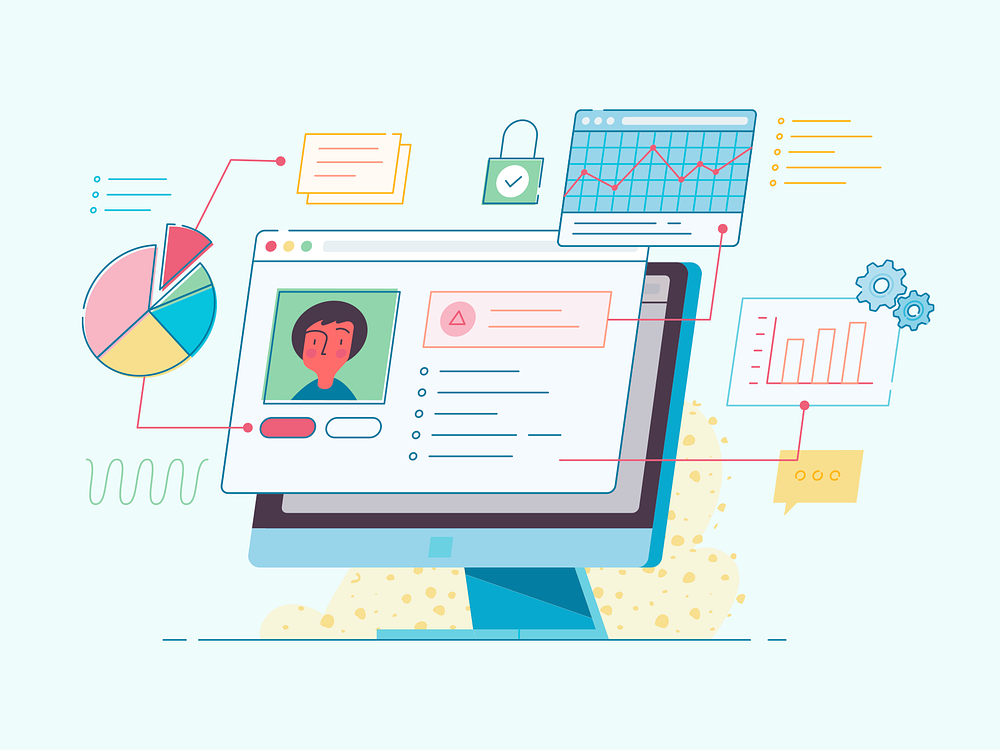
Table of ContentsI. What is the Systems Development Life Cycle? II. Benefits of the SDLC for Business III. Stages of the System Development Life Cycle Step 1: Planning Phase Step 2: Analysis Phase Step 3: Design Phase Step 4: Development Step 5: Testing Step 6: Deployment Phase Step 7: Maintenance and Support IV. List of Systems Development Life Cycle Methodologies Waterfall Model Agile Model Spiral Model RAD (Rapid Application Development) V-Model (Verification and Validation Model) DevOps Conclusion The healthcare industry has seen significant changes by adopting new tools and technologies. Machine learning (ML) is now essential for improving care and efficiently managing patient data. Well-performing machine learning…
25 April, 2024

Table of ContentsI. What is the Systems Development Life Cycle? II. Benefits of the SDLC for Business III. Stages of the System Development Life Cycle Step 1: Planning Phase Step 2: Analysis Phase Step 3: Design Phase Step 4: Development Step 5: Testing Step 6: Deployment Phase Step 7: Maintenance and Support IV. List of Systems Development Life Cycle Methodologies Waterfall Model Agile Model Spiral Model RAD (Rapid Application Development) V-Model (Verification and Validation Model) DevOps Conclusion Have you ever wondered about the technology behind AI-generated movie scripts or how companies predict consumer behavior? Welcome to the dual domains of Generative AI and Predictive AI. Generative AI…
25 April, 2024
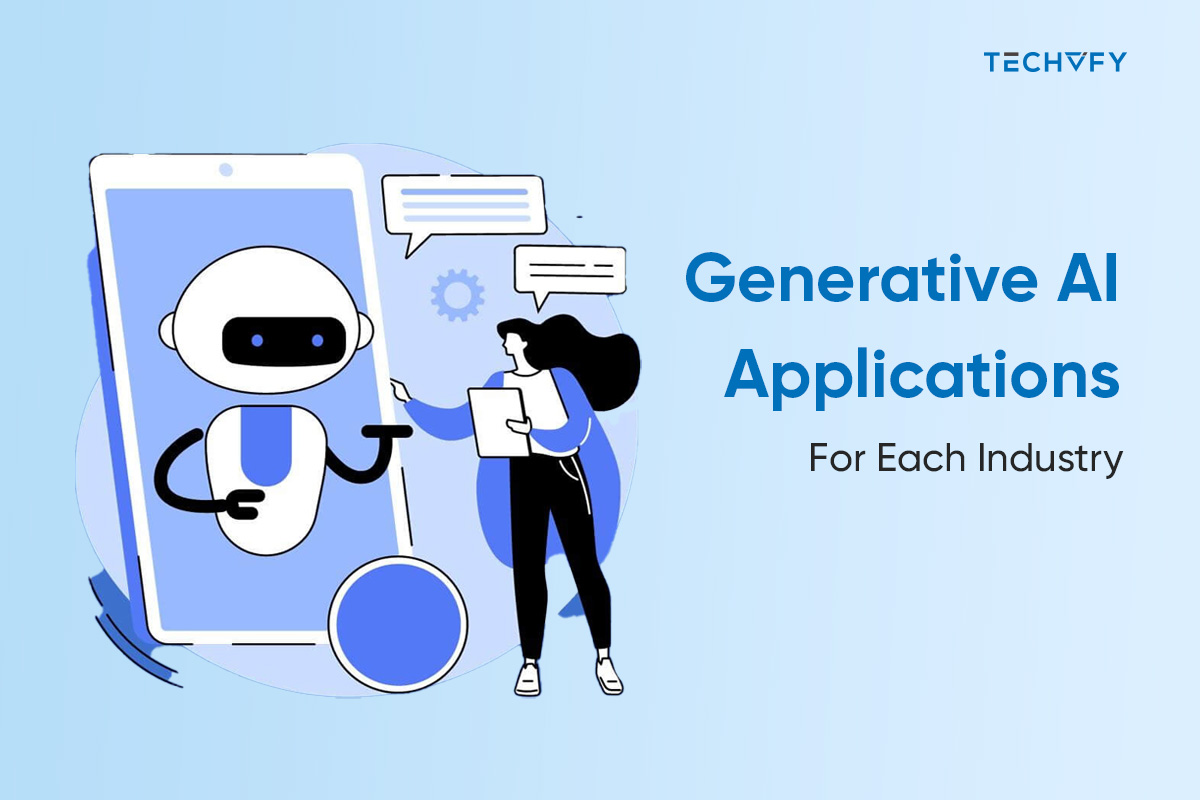
Table of ContentsI. What is the Systems Development Life Cycle? II. Benefits of the SDLC for Business III. Stages of the System Development Life Cycle Step 1: Planning Phase Step 2: Analysis Phase Step 3: Design Phase Step 4: Development Step 5: Testing Step 6: Deployment Phase Step 7: Maintenance and Support IV. List of Systems Development Life Cycle Methodologies Waterfall Model Agile Model Spiral Model RAD (Rapid Application Development) V-Model (Verification and Validation Model) DevOps Conclusion Welcome to the dynamic world of generative AI, a frontier of technology where machines don’t just perform tasks but also create and innovate. As this technology reshapes industries and redefines…
25 April, 2024


Thank you for your interest in TECHVIFY Software.
Speed-up your projects with high skilled software engineers and developers.
By clicking the Submit button, I confirm that I have read and agree to our Privacy Policy